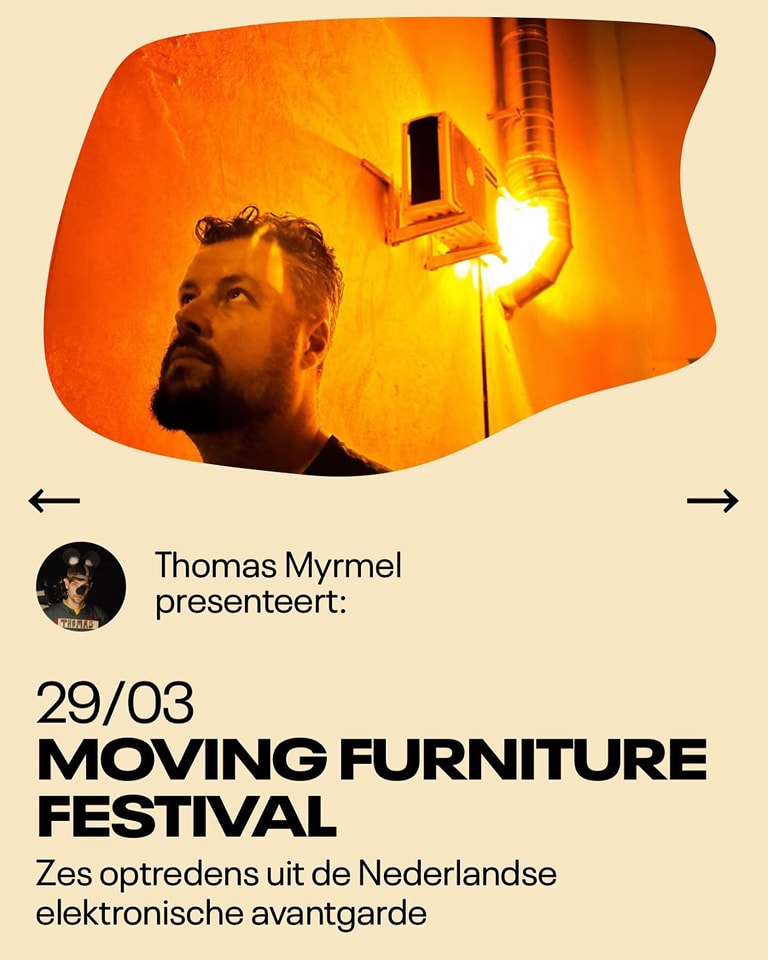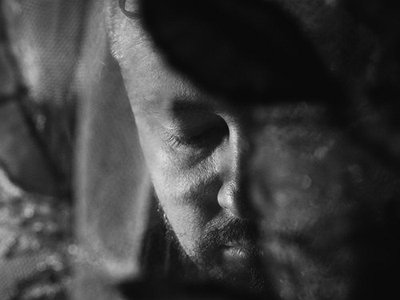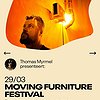Name: Coen Oscar Polack
Nationality: Dutch
Occupation: Sound artist, field recordist, composer
Current Release: Coen Oscar Polack's new album A Concrete Pasture is out via Moving Furniture. Coen is also one of the artists performing at the Moving Furniture Festival at Splendor Amsteram on March 29th 2024. For more information and tickets, go here. 
If you enjoyed this Coen Oscar Polack interview and would like to find out more about his music, visit his soundcloud account or bandcamp profile.
For the thoughts of his former narromind collaborator Lars Meijer, read our Hunter Complex Interview.
Your work often combines field recordings with (for lack of a better word) pitched, tonal, atmospheric elements. How do you see the relationship between them – and what happens when they are combined rather than standing on their own?
The sounds I often find most interesting are layered sounds with a lot of texture and with an identity. I'm looking for sounds that, in one way or another, are compromised, are not perfect: Nature sounds that are too noisy to be relaxing or bucolic or the sounds of malfunctioning hardware for instance.
In my digital process, I work a lot with speeding up or slowing down sounds, both instrumental or non instrumental sounds. And in taking non instrumental sounds through that process, the tonal qualities tend to get emphasised.
As an example, when I do this with a recording of an audio signal that is used to guide visually impaired people or traffic lights, the beeps of the signal start to form arpeggiated chords or even melodies when combined. In terms of combination, that is the process I like best: layering different versions of the same recording.
Your new album on MFR “incorporates recordings of traffic lights on Wyndham road, in Hong Kong and from the crash site of Turkish airlines flight 1951 near Schiphol airport on the morning of february 25 2009.” How did you arrive at the decision to combine these, both sonically and conceptually?
Those two recordings are in the same piece of music. Actually, the decision was made sonically for one recording and conceptually for the other. The contrast between the pointillistic beeps of the Hong Kong recording, and the endless saxophone tones of the rest of the piece was something that I came up with one day. And it made complete sense for me.
This piece of music is something that I've been working on for about 12 years. And I've been performing it, but there were technical limitations that kept me from turning it into a good recording. The first time I performed it was at the rooftop of a now demolished shopping mall in the Bijlmer area called Kraaiennest in Amsterdam. The mall was very close to the site where a plane crashed into a residential building in the 90s. So you can say there is some psycho geographic notion of aviation and planes and crashes in that area.
And when my performance was over, I got some reactions from the audience that my saxophone glissandi reminded them of ascending and descending planes.
I'm also a journalist. A few years earlier, I had been reporting from the actual Turkish Airlines flight 1951 crash site just outside Schiphol Airport. I had my audio recorder in my backpack and I turned it on and I put it in a ditch near the road and went about doing my job interviewing survivors. As they came out of the wreckage, and were tended to by doctors, the recording kept going.
But when I listened back to it, it was basically a failure. You don't hear anything that's really interesting. It's ambience with some faint ambulance sirens in the background, some cars passing by, a slight breeze, some water streaming. But it is an actual recording of a plane crash site!
Because of the comments I got on the piece, I performed in the Bijlmer, I decided to put this recording in there as well.





